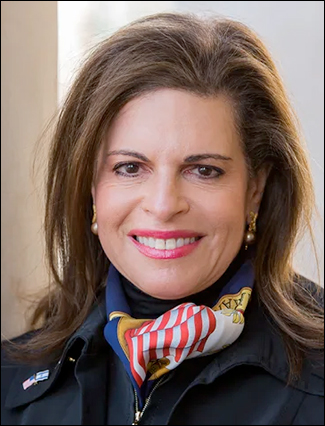
Click on the graph above or here to see story and full-size image on BALLOTPEDIA
By Jim Ellis — Wednesday, Jan. 18, 2023
Elections
A Look at the Midterm Numbers — Particularly in low turnout elections, the voter participation figure tends to be definitive as to which party commands the final result. Now that election statistics are final for the 2022 election, we can better analyze the voting patterns and compare them to past trends.
2018 proved to be the highest turnout midterm election in history. In that year, more than 114 million people cast their ballots. The 2022 midterm is now second highest even though voter turnout dropped seven percent from four years previous. In November, just under 106 million total votes were recorded.
According to the Ballotpedia data organization in their state-by-state turnout recap, 50.33 percent of the eligible voting population participated in 2018 and a commensurate 46.76 percentage is recorded for 2022. By contrast, Ballotpedia finds that 66.8 percent of the eligible voting population participated in the 2020 presidential election. Based upon their calculations, 2020 saw the highest eligible voter turnout in the 21st century.
The Ballotpedia data tells us that the 2022 election’s top five turnout states were Oregon (61.51 percent of the state’s eligible voter figure), Maine (61.46 percent), Minnesota (61.01 percent), Wisconsin (60.1 percent), and Michigan (59.31 percent).
Conversely, the lowest five turnout states were Tennessee (31.34 percent of the state’s eligible voter figure), Mississippi (32.89 percent), West Virginia (35.66 percent), Alabama (37.74 percent), and Oklahoma (40.11 percent).
Three of the top turnout states saw a much higher ratio of registered voters casting their ballots when compared to the eligible figures. Maine’s registered voter turnout soared to 75.3 percent, Wisconsin recorded 75.1 percent, and Minnesota reached 69.4 percent. Michigan was one of just 11 states where 2022 turnout exceeded that of 2018.
Except for Tennessee and Alabama, the lowest turnout states also produced substantial increases in registered voter turnout when compared to their eligible voter number. Oklahoma rose to a 50.23 percent participation rate from the registered voter population; Mississippi 44.3 percent; and West Virginia 40.8 percent. Even among registered voters, the Tennessee and Alabama totals failed to reach the 40 percent plateau.






